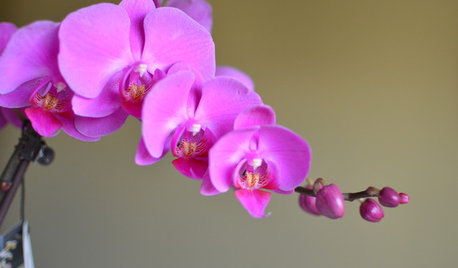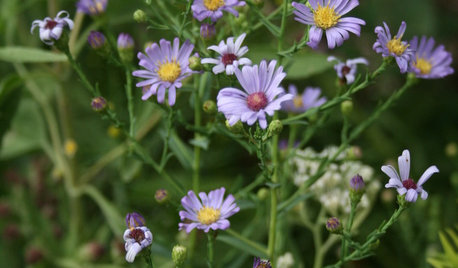Month by month
User
10 years ago
Related Stories

LIFEA Month-by-Month Guide to ‘Downton Abbey’ Withdrawal
Missing Lady Grantham’s zingers? Edith’s furrowed brow? Romance simmering downstairs? Here’s help to get you through until season 6
Full Story
MID-ATLANTIC GARDENINGChecklist: What To Do in the Garden This Month
February Gardener: Plant sprouts, start seedlings, force bulbs, grow an orchid and more
Full Story
FEEL-GOOD HOMESimple Pleasures: 10 Ideas for a Buy-Less Month
Save money without feeling pinched by taking advantage of free resources and your own ingenuity
Full Story
Motifs: A Month of Mustache Love
Guys grow whiskers in November to raise awareness for men's health. Maybe your home should sprout some, too
Full Story
HOUZZ TOURSHouzz Tour: Totally New Beauty for a Townhouse in Just 5 Months
Hardworking contractors and loved ones help a Canadian Realtor put a run-down house on the fast track to charm
Full Story
KITCHEN DESIGN15 Farmhouse Kitchens That Made Us Swoon This Month
Raw wood, natural light, shiplap siding — we just couldn’t get enough of these farmhouse-style kitchens uploaded to Houzz in January
Full Story
ENTERTAININGHoliday Party Prep in 1 Month
Kudos for giving yourself plenty of time to prepare. Here's what to do with it, from planning to cleaning to decorating
Full Story
DECORATING GUIDES28 Decorating Moves to Try This Month
Treat your interiors to a pick-me-up with these quick and cheerful decorating tricks
Full Story
GARDENING GUIDESSpring Citrus Care Reaps Months of Sweet Rewards
Learn how to tend citrus trees in spring and ways to preserve their delicious fruit
Full Story
NATIVE PLANTSAutumn Joy: How to Get 3 Months of Fall Flowers
Enjoy blooms from September to November by mixing 6 asters native to different areas of the U.S.
Full StorySponsored
Franklin County's Custom Kitchen & Bath Designs for Everyday Living
More Discussions










taurustendency
UserOriginal Author
Related Professionals
Windham Landscape Architects & Landscape Designers · Ashburn Landscape Architects & Landscape Designers · Oatfield Landscape Architects & Landscape Designers · Jackson Landscape Contractors · Bell Gardens Landscape Contractors · Fort Mill Landscape Contractors · Madera Landscape Contractors · Newnan Landscape Contractors · Woodland Landscape Contractors · Evans General Contractors · Jackson General Contractors · Nampa General Contractors · Newington General Contractors · Reisterstown General Contractors · Rossmoor General Contractorstaurustendency
judyannz7
judyannz7
UserOriginal Author
judyannz7